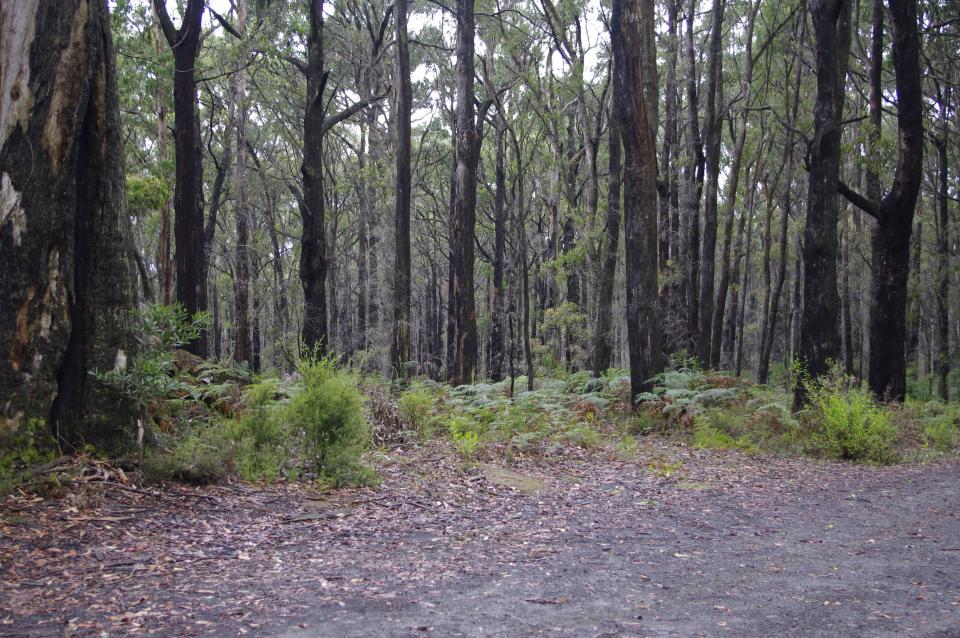
PUBLICATIONS
Published works

A Live Fuel Moisture Content Product from Landsat TM Satellite Time Series for Implementation in Fire Behavior Models
| Title | A Live Fuel Moisture Content Product from Landsat TM Satellite Time Series for Implementation in Fire Behavior Models |
| Publication Type | Journal Article |
| Year of Publication | 2020 |
| Authors | Garcia, M, Riaño, D, Yebra, M, Salas, J, Cardil, A, Monedero, S, Ramirez, J, Martin, P, Vilar, L, Gajardo, J, Ustin, S |
| Journal | Remote Sensing |
| Volume | 12 |
| Issue | 11 |
| Date Published | 05/2020 |
| Keywords | data normalization, fire behavior simulator, fire danger, fire propagation, Landsat-5 TM, live fuel moisture content |
| Abstract | Live Fuel Moisture Content (LFMC) contributes to fire danger and behavior, as it affects fire ignition and propagation. This paper presents a two layered Landsat LFMC product based on topographically corrected relative Spectral Indices (SI) over a 2000–2011 time series, which can be integrated into fire behavior simulation models. Nine chaparral sampling sites across three Landsat -5 Thematic Mapper (TM) scenes were used to validate the product over the Western USA. The relations between field-measured LFMC and Landsat-derived SIs were strong for each individual site but worsened when pooled together. The Enhanced Vegetation Index (EVI) presented the strongest correlations (r) and the least Root Mean Square Error (RMSE), followed by the Normalized Difference Infrared Index (NDII), Normalized Difference Vegetation Index (NDVI) and Visible Atmospherically Resistant Index (VARI). The relations between LFMC and the SIs for all sites improved after using their relative values and relative LFMC, increasing r from 0.44 up to 0.69 for relative EVI (relEVI), the best predictive variable. This relEVI served to estimate the herbaceous and woody LFMC based on minimum and maximum seasonal LFMC values. The understory herbaceous LFMC on the woody pixels was extrapolated from the surrounding pixels where the herbaceous vegetation is the top layer. Running simulations on the Wildfire Analyst (WFA) fire behavior model demonstrated that this LFMC product alone impacts significantly the fire spatial distribution in terms of burned probability, with average burned area differences over 21% after 8 h burning since ignition, compared to commonly carried out simulations based on constant values for each fuel model. The method could be applied to Landsat-7 and -8 and Sentinel-2A and -2B after proper sensor inter-calibration and topographic correction. |
| URL | https://www.mdpi.com/2072-4292/12/11/1714 |
| DOI | 10.3390/rs12111714 |
| Refereed Designation | Refereed |
Published Works


